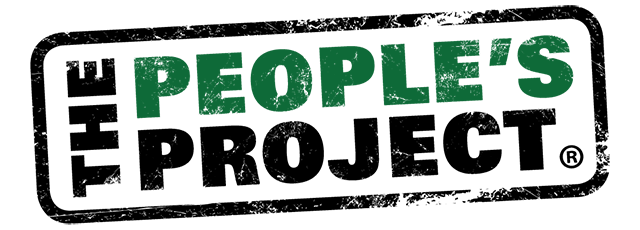Researchers from the University of Otago’s He Kāinga Oranga Housing and Health Research Programme have released a new report about severe housing deprivation, or homelessness, in Aotearoa New Zealand. This research is based on analysis of 2018 Census data and operational data from emergency and transitional housing providers.
It builds on previous research giving a snapshot of homelessness in 2001, 2006 and 2013. The researchers note that despite well-understood limitations using administrative data, the Census of Population and Dwellings remains the only national measure of people’s housing status.
Released in July 2020, the research has measured severe housing deprivation (homelessness) across four groups:
- People without shelter
- People in temporary accommodation such as night shelters, people in refuge and emergency accommodation
- People sharing accommodation in crowded private dwellings
- People in uninhabitable housing.
The report shows that between 2013 and 2018, the number of people in severe housing deprivation in Hamilton has gone up by 145 people. This is an increase in the number of people living in over-crowded private accommodation, which is often referred to as “hidden homelessness”. This form of homelessness represents the majority of people experiencing severe housing deprivation in New Zealand.
Importantly, the number of people rough sleeping and in temporary accommodation in Hamilton city has reduced. This is evidence that the work of The People’s Project using the Housing First approach, is making a real difference.
Download the full report: Severe housing deprivation in Aotearoa New Zealand, 2018.




